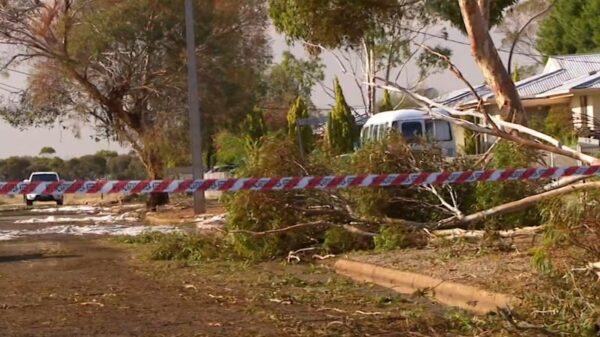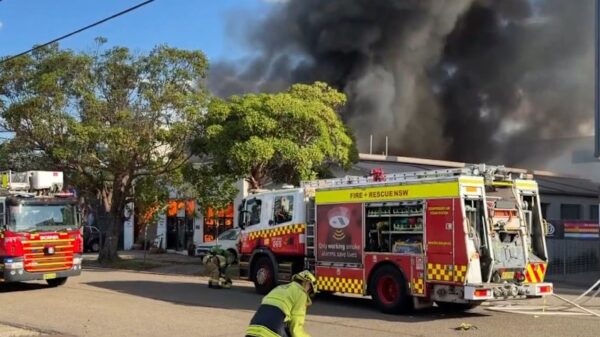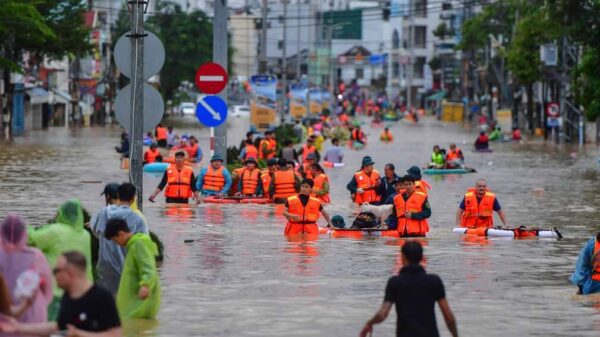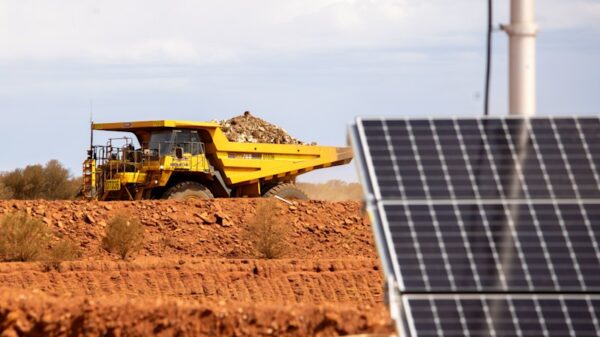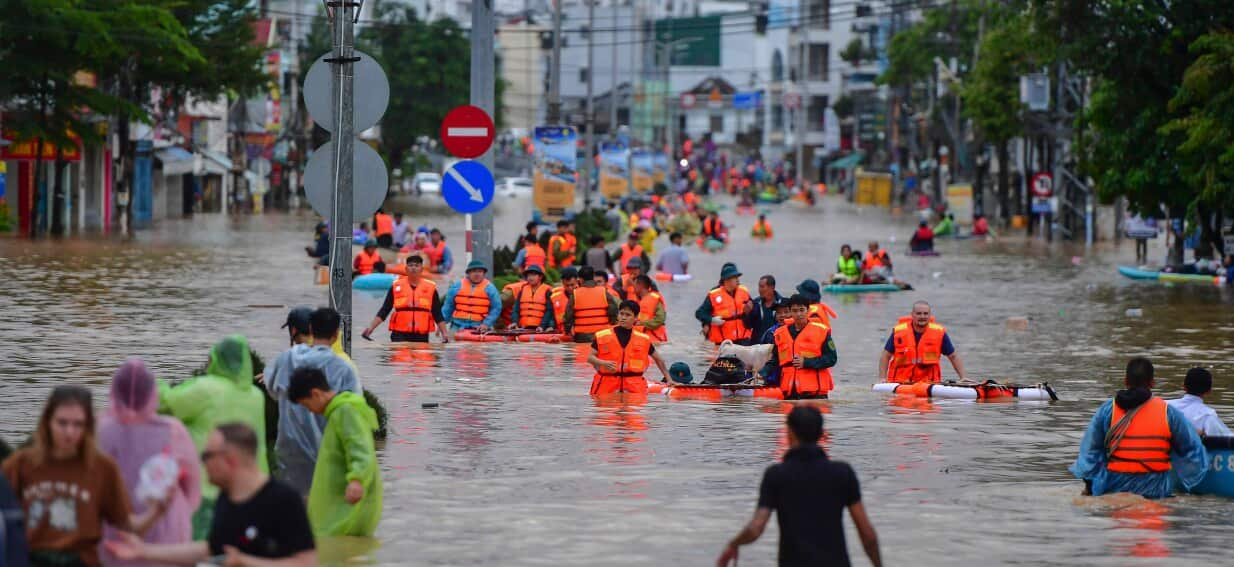The death toll from severe flooding in Vietnam has reached 90, with 12 individuals still unaccounted for following days of relentless rain and landslides. This crisis has particularly affected south-central Vietnam, where popular tourist destinations have experienced significant flooding since late October.
In the coastal city of Nha Trang, extensive inundation occurred last week, while landslides devastated highland areas around the Da Lat tourist hub. In the mountainous province of Dak Lak, local farmer Mach Van Si, aged 61, described the harrowing experience of being trapped on his sheet-metal rooftop with his wife for two nights. “Our neighbourhood was completely destroyed. Nothing was left. Everything was covered in mud,” he recounted on Sunday, expressing a sense of despair during their ordeal.
The Ministry of Environment reported that over 60 fatalities since November 16 have been recorded in Dak Lak alone, where tens of thousands of homes have been submerged. Four communes in Dak Lak remained flooded as of Sunday, exacerbating the humanitarian crisis in the region.
The impact on agriculture has been devastating, with more than 80,000 hectares of rice and other crops damaged across Dak Lak and four additional provinces. The floods have also resulted in the loss of over 3.2 million livestock and poultry, as floodwaters swept through rural areas.
Government Response and Ongoing Challenges
Authorities have mobilized helicopters to deliver essential supplies to communities cut off by flooding and landslides. The government has deployed tens of thousands of personnel to distribute clothing, water-purification tablets, instant noodles, and other necessities to those affected, according to state outlet Tuoi Tre News.
In the southern coastal province of Khanh Hoa, severe flooding washed away two suspension bridges, isolating numerous households. Additionally, several segments of national highways remained obstructed due to flooding or landslides, while some railway services continued to be suspended.
As the situation unfolds, over 129,000 customers still lack electricity, following a peak of more than a million residents without power. The Ministry of Environment has estimated economic losses from the floods to be around $343 million across five provinces.
Natural disasters have taken a heavy toll on Vietnam this year, with the national statistics office reporting 279 people dead or missing and damages exceeding $2 billion from January to October.
The ongoing flooding crisis in Vietnam highlights the urgent need for effective disaster management and resilience strategies, as communities grapple with the aftermath of these devastating natural events.


